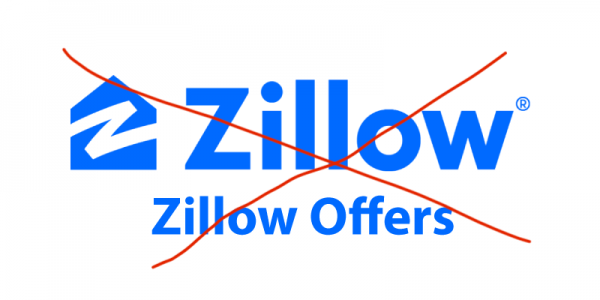
Yes, big data usually infers ‘quantitative’ analysis, as in “relying on numbers.” The Zestimate legacy of profound inaccuracy finally reached a devastating conclusion with the collapse of Zillow Offers this week and the loss of hundreds of millions in shareholder equity. Zillow never figured out the qualitative part that enables the actual precision in the pricing of a home sale.
There is a lot of talk right now about how other iBuyers are continuing to buy and sell properties so the space is still viable – business as usual. But step back for a moment and think about this:
– The iBuyer market is currently overcrowded, even with the loss of Zillow Offers.
– The iBuyer bold-faced name is OpenDoor who was the unicorn of Softbank who famously backed WeWork without any apparent due diligence.
– The iBuyer segment is characterized by its razor-thin margins and billions of investment required.
– It was created and run in a rising market, most of it a boom, and was recently turned off during the recent downturn.
– It is wholly dependent on housing markets with homogenous housing stock and will always need high volume just to survive.
I feel pretty confident there will be further fallout over time, but the iBuyer space will settle into a small segment of the overall transaction universe. It has been wildly overhyped (at real estate brokers and real estate appraiser’s expense) as investors, burdened with high volumes of capital, desperate for upside in housing in this fintech boom.


Comments are closed.